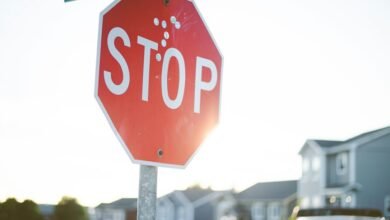2039883376 Callback Success Probability

The callback success probability for identifier 2039883376 is influenced by multiple factors. Timely follow-ups and effective engagement during initial interactions play crucial roles. Additionally, developing strong connections with interviewers can significantly impact outcomes. By examining historical data patterns, organizations can identify trends that may enhance their strategies. These insights could potentially lead to improved callback rates. Understanding the nuances of these elements raises further questions about optimizing outreach efforts.
Factors Influencing Callback Success
The likelihood of a callback hinges on several critical factors that can influence an applicant’s chances in the competitive landscape of job recruitment.
Callback timing is essential, as prompt follow-ups can demonstrate eagerness and professionalism.
Additionally, effective client engagement during the interview process can leave a lasting impression, fostering a connection that elevates the applicant’s profile in the eyes of potential employers.
Analyzing Historical Data Patterns
Understanding callback success probability requires a careful analysis of historical data patterns that reveal trends and outcomes over time.
By employing data visualization techniques, analysts can identify significant historical trends that influence callback rates.
This structured approach allows for a deeper understanding of the factors at play, empowering stakeholders to make informed decisions based on robust evidence gathered from past performance metrics.
Strategies to Improve Callback Rates
While various factors contribute to callback rates, implementing targeted strategies can significantly enhance these outcomes.
Engaging the target audience through personalized messaging fosters a sense of connection, increasing the likelihood of responses.
Additionally, optimizing timing and channel selection ensures that communications align with the audience’s preferences, ultimately improving engagement and callback rates.
Such strategic approaches empower organizations to achieve better results in their outreach efforts.
Measuring and Tracking Callback Performance
Measuring and tracking callback performance necessitates a systematic approach to data collection and analysis. Organizations must identify relevant callback metrics and performance indicators to evaluate success accurately.
Key metrics might include response time, conversion rates, and customer satisfaction scores. Regularly analyzing these indicators empowers teams to adjust strategies, ultimately enhancing the effectiveness of callback initiatives while promoting operational freedom and adaptability.
Conclusion
In conclusion, the probability of receiving callbacks for identifier 2039883376 is akin to cultivating a garden; it requires careful nurturing through timely follow-ups and meaningful engagement. By analyzing historical data patterns and implementing targeted strategies, organizations can enhance their outreach efforts. Continuous measurement and tracking of performance indicators serve as the gardener’s tools, allowing for the adjustment of methods to optimize success rates. Ultimately, a systematic approach will yield a flourishing return on investment in callback opportunities.




